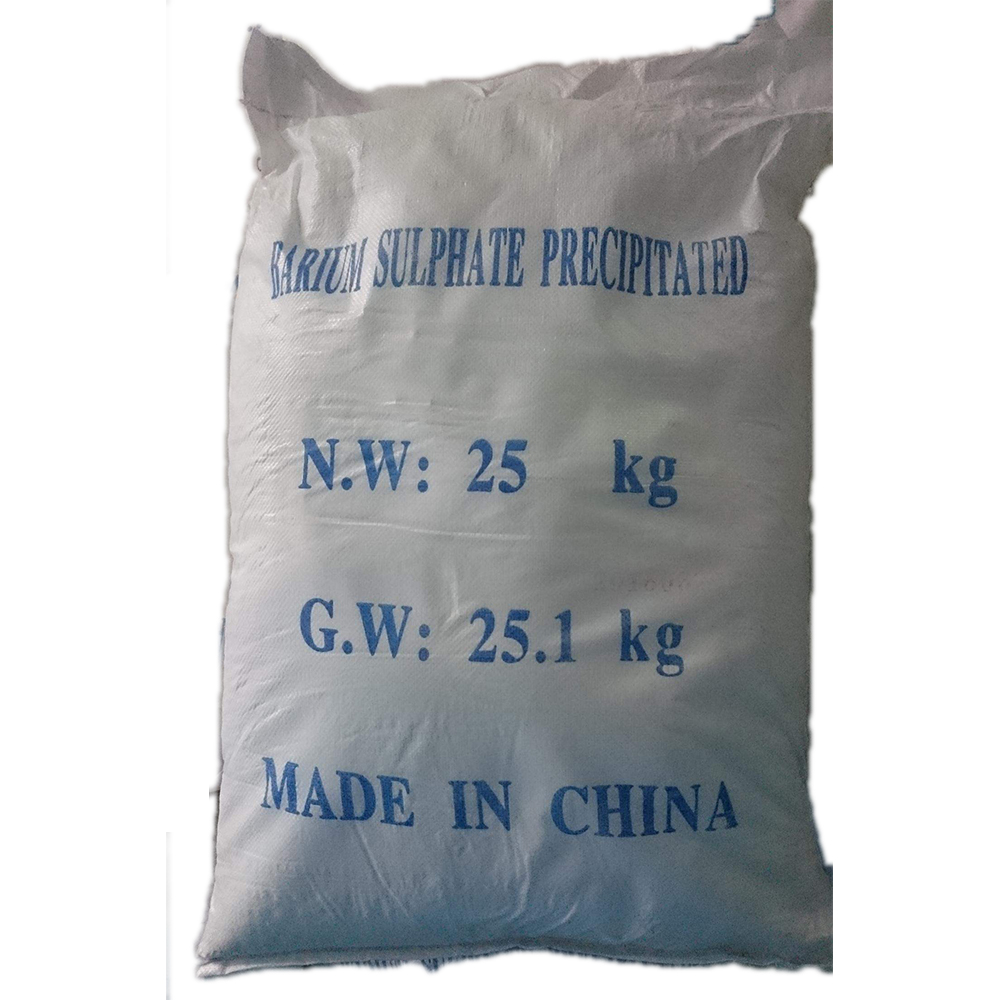



polyacrylamide cas
Understanding Polyacrylamide Composition and Applications
Polyacrylamide (PAM) is a versatile synthetic polymer that has gained significant attention across various industries due to its unique properties and applications. With the CAS (Chemical Abstracts Service) number 9003-05-8, polyacrylamide is primarily known for its use as a flocculant, thickener, and stabilizer in different fields. This article will delve into the composition of polyacrylamide, its various applications, and the important characteristics that make it a valuable compound in industrial processes.
Composition of Polyacrylamide
Polyacrylamide is a water-soluble polymer formed from the polymerization of acrylamide monomers. The resultant polymer is a white powder or a thick, colorless liquid which becomes a gel in certain conditions. The structure of polyacrylamide consists of repeating units of acrylamide, which can also be modified with various functional groups to tailor its properties for specific applications. Depending on the industrial needs, polyacrylamide can be categorized into different types, such as non-ionic, anionic, and cationic, each having its unique charge and characteristics.
1. Non-Ionic Polyacrylamide This type is neutral and does not carry any charge. It is used primarily in applications where ionic interactions can interfere with the desired outcomes. 2. Anionic Polyacrylamide With a negative charge, anionic polyacrylamide is often utilized in processes where the removal of particulates is required, such as in water treatment and mineral processing.
3. Cationic Polyacrylamide This positively charged polymer is essential in applications requiring enhancement in the filtration processes, particularly in wastewater treatment, as it aids in the coagulation process.
The choice of polyacrylamide type depends on the specific requirements of the application, considering factors like pH levels, ionic strength, and the nature of the materials to be treated.
Applications of Polyacrylamide
Polyacrylamide is employed across several sectors due to its efficacy and adaptability. Below are some key areas where polyacrylamide is widely used
1. Water Treatment One of the most significant applications of polyacrylamide is in the water treatment industry. It acts as a flocculant, aggregating suspended particles, aiding in their removal from water. This process is crucial in municipal water treatment facilities and industrial wastewater management operations.
polyacrylamide cas

2. Soil Stabilization In agriculture and construction, polyacrylamide is used to stabilize soil. Its ability to bind soil particles enhances erosion control and improves water retention in sandy soils, thus promoting better crop yields.
3. Enhanced Oil Recovery In the oil and gas industry, cationic polyacrylamide is utilized for enhanced oil recovery. It improves the viscosity of water injection, facilitating the extraction of crude oil from reservoirs.
4. Paper and Textile Industry The polymer is also utilized in the paper manufacturing process to improve retention and drainage. In textiles, it serves as a thickener in dyes, enabling better application and uniform coloring.
5. Cosmetics and Personal Care Polyacrylamide is found in many cosmetic products, serving as a thickening agent and stabilizer. It contributes to the smooth texture of lotions and creams, enhancing user experience.
Characteristics of Polyacrylamide
The effectiveness of polyacrylamide in various applications is attributed to several key characteristics
- High Molecular Weight Polyacrylamide possesses a high molecular weight, which contributes to its thickening and stabilizing properties. - Water Solubility Its water-soluble nature allows it to dissolve and effectively interact with liquids, making it suitable for a wide range of aqueous applications. - Adjustable Charge Density The ability to modify its charge density (anionic, cationic, or non-ionic) allows for targeted application to specific processes, enhancing its versatility.
Conclusion
In summary, polyacrylamide is a critical polymer with diverse applications spanning multiple industries, from water treatment and agriculture to oil recovery and cosmetics. Understanding its composition and characteristics is essential for optimizing its use, ensuring efficiency, and meeting the growing demands of various sectors. As industries continue to evolve, polyacrylamide is set to play an increasingly important role in sustainable practices and innovative solutions, proving its worth as a valuable compound in modern technology.
-
Why Sodium Persulfate Is Everywhere NowNewsJul.07,2025
-
Why Polyacrylamide Is in High DemandNewsJul.07,2025
-
Understanding Paint Chemicals and Their ApplicationsNewsJul.07,2025
-
Smart Use Of Mining ChemicalsNewsJul.07,2025
-
Practical Uses of Potassium MonopersulfateNewsJul.07,2025
-
Agrochemicals In Real FarmingNewsJul.07,2025
-
Sodium Chlorite Hot UsesNewsJul.01,2025










